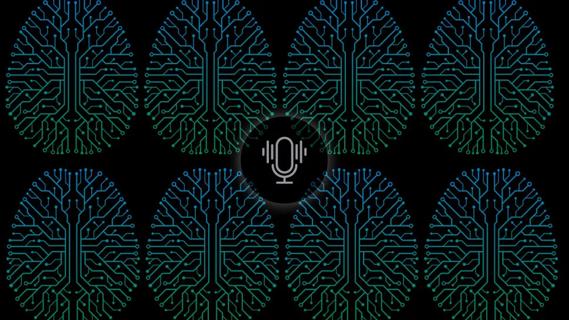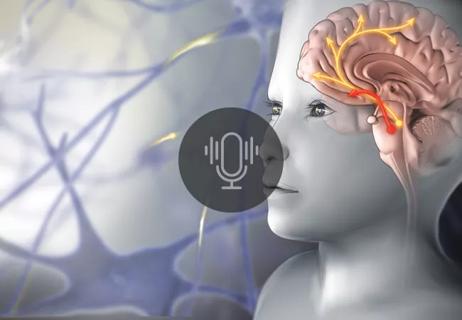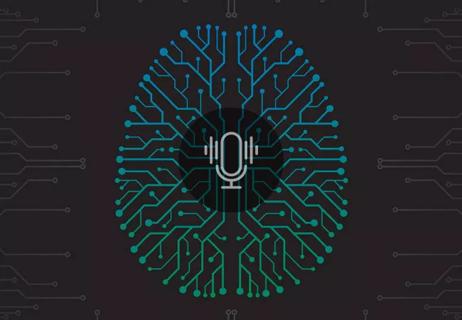Aggressive treatment is warranted when seizure is linked to a systemic or brain insult
Approximately one in 10 people will have a seizure in their lifetime, according to the American Academy of Neurology. While many associate seizures with epilepsy, only 1.2% of the U.S. population has active epilepsy. The more common culprit is acute symptomatic seizure, which occurs at the time of a systemic insult or in close temporal association with a documented brain insult.
Cleveland Clinic is a non-profit academic medical center. Advertising on our site helps support our mission. We do not endorse non-Cleveland Clinic products or services. Policy
“These should be aggressively treated,” says Vineet Punia, MD, MS, an epileptologist in Cleveland Clinic’s Epilepsy Center. “We should try and get control of these convulsive or nonconvulsive acute symptomatic seizures because available data suggest that patients who have these seizures have poor outcomes at discharge and have increased mortality if the number of hours of seizure is elevated. And these seizures are often recurrent.”
In the latest episode of Cleveland Clinic’s Neuro Pathways podcast, Dr. Punia discusses short- and long-term management of patients with acute symptomatic seizures. He covers:
Click the podcast player above to listen to the 25-minute episode now, or read on for a short edited excerpt. Check out more Neuro Pathways episodes at clevelandclinic.org/neuropodcast or wherever you get your podcasts.
This activity has been approved for AMA PRA Category 1 Credit™. After listening to the podcast, you can claim your credit here.
Podcast host Glen Stevens, DO, PhD: How do we monitor these patients?
Dr. Punia: Nowadays, because of exponential improvement in the technology of data storage and long-term monitoring, we have continuous EEG that we perform on these patients, especially on high-risk patients. For instance, if you have a patient who has a stroke or hemorrhage, you expect them to improve and start responding by the next day; if they do not, that is a time when you should be concerned that the patient may be having nonconvulsive or nonclinical seizure. In those patients, we should perform continuous EEG monitoring to detect acute symptomatic seizure from the stroke or hemorrhage or traumatic brain injury.
Dr. Stevens: What confuses me is when we put a continuous EEG on a patient and I see a sharp wave or a PLED [periodic lateralized epileptiform discharge]. How do I know when I should start somebody on a medication?
Dr. Punia: That’s a critical and important question. Unfortunately, we do not have clear data from research so far, although we’ve known about the existence of these PLEDs for more than 50 or 60 years. The decision of whether or not to start medication depends on whether these are PLEDs – or what we now call LPDs, lateralized periodic discharges. For those patients, we know that around 50% or 60% will have a seizure in the next 24 hours if you continue to monitor them. So those are high-risk patients in whom even prophylactic treatment with an antiseizure medication may be of benefit. Sharp waves don’t carry as high a risk. But if the patient has poor mental status or has a cortical injury of some kind, we know they are at high risk of seizure. If you do not have the ability to continuously monitor them for a long period of time, depending on the availability of resources, it would be better to start these patients on medication to reduce the risk. Again, however, the risk is much higher with LPDs or PLEDs than with some other epileptiform discharges, such as sharp waves or even generalized periodic discharges or what we call periodic patterns.

Determining the right dose and injecting in the right muscle can be challenging

New research sheds light on a potentially devastating condition that is reversible when properly managed

Testing options and therapies are expanding for this poorly understood sleep disorder

Neurology is especially well positioned for opportunities to enhance clinical care and medical training

How functional restoration can help children with these conditions marked by unexplained pain with stigmatized symptoms

Despite advancements, care for this rare autoimmune disease is too complex to go it alone

A discussion of special care considerations before, during and after pregnancy

Data-driven methods may improve seizure localization and refine surgical decision-making